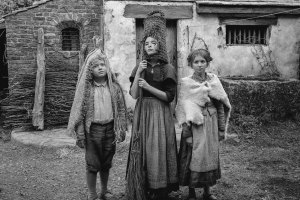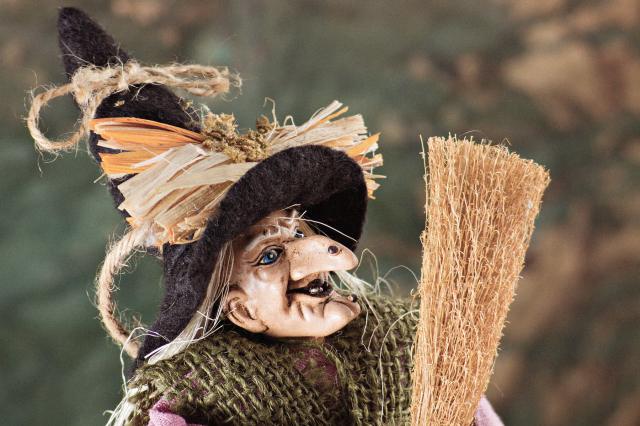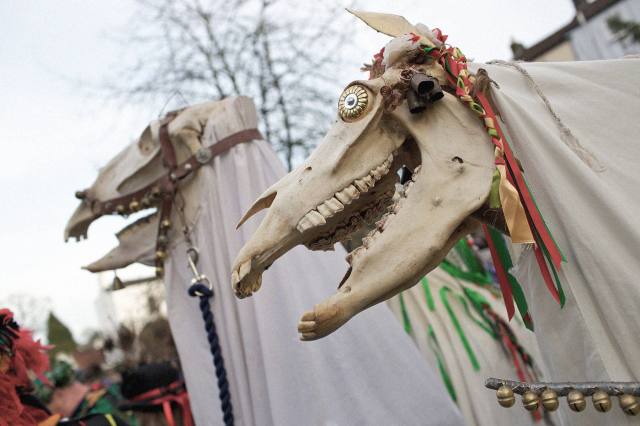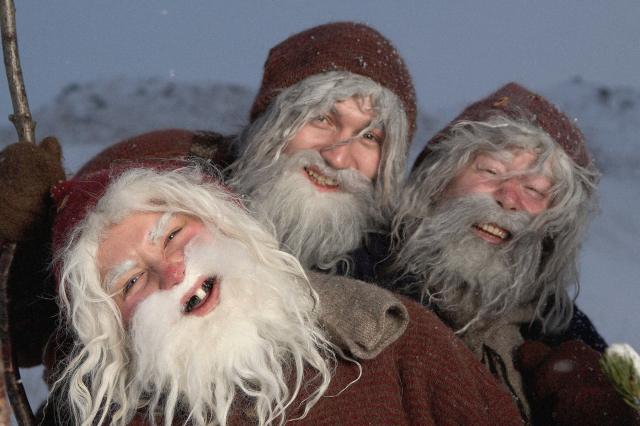The Origins of 6 Unique Christmas Traditions
Observed on December 25, Christmas is both a religious holiday, commemorating the birth of Jesus Christ, and a secular holiday that includes cultural customs and traditions, many of which have their roots in the pagan festival of Saturnalia, honoring the agricultural god, Saturn. For more than 2 billion people in over 160 countries, Christmas is a time of joy and festivity, family and friends. From the snowy landscapes of Scandinavia to the sun-warmed beaches of Australia, the way we celebrate the holiday season varies widely from one community to the next. Here are the origins of six unique Christmas traditions around the world.

Krampus in Austria
Krampus is a mythical creature with roots in Alpine folklore, who acts as a menacing counterpart to the jolly figure of Santa Claus or St. Nicholas. He is often depicted as a horned, anthropomorphic goat-like demon with claws and a long tongue. His primary role is to accompany St. Nick during the Christmas season and punish naughty children with beatings while Santa rewards the well-behaved kids with gifts.
The legend of Krampus blends pagan celebrations of the winter solstice with the Christian traditions associated with St. Nicholas. In many Alpine communities, especially Austria, Bavaria, and other parts of Central Europe, Krampus Night (Krampusnacht) falls on December 5, the night before the celebration of the Feast of St. Nicholas. Several European communities host a Krampus Run (Krampuslauf) each year, a tradition that is believed to be hundreds of years old. During the run, adults dressed in devilish costumes take to the streets, often accompanied by a St. Nicholas character, to playfully menace spectators.




















